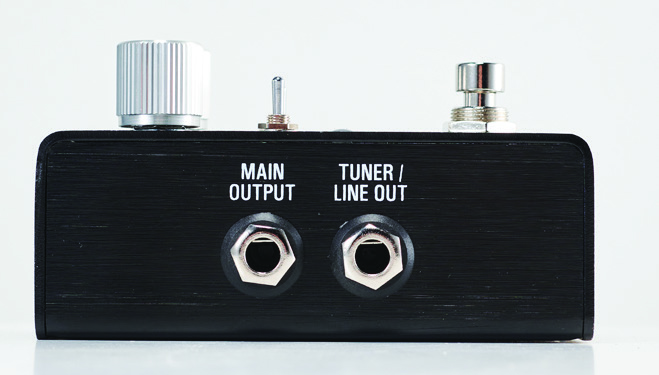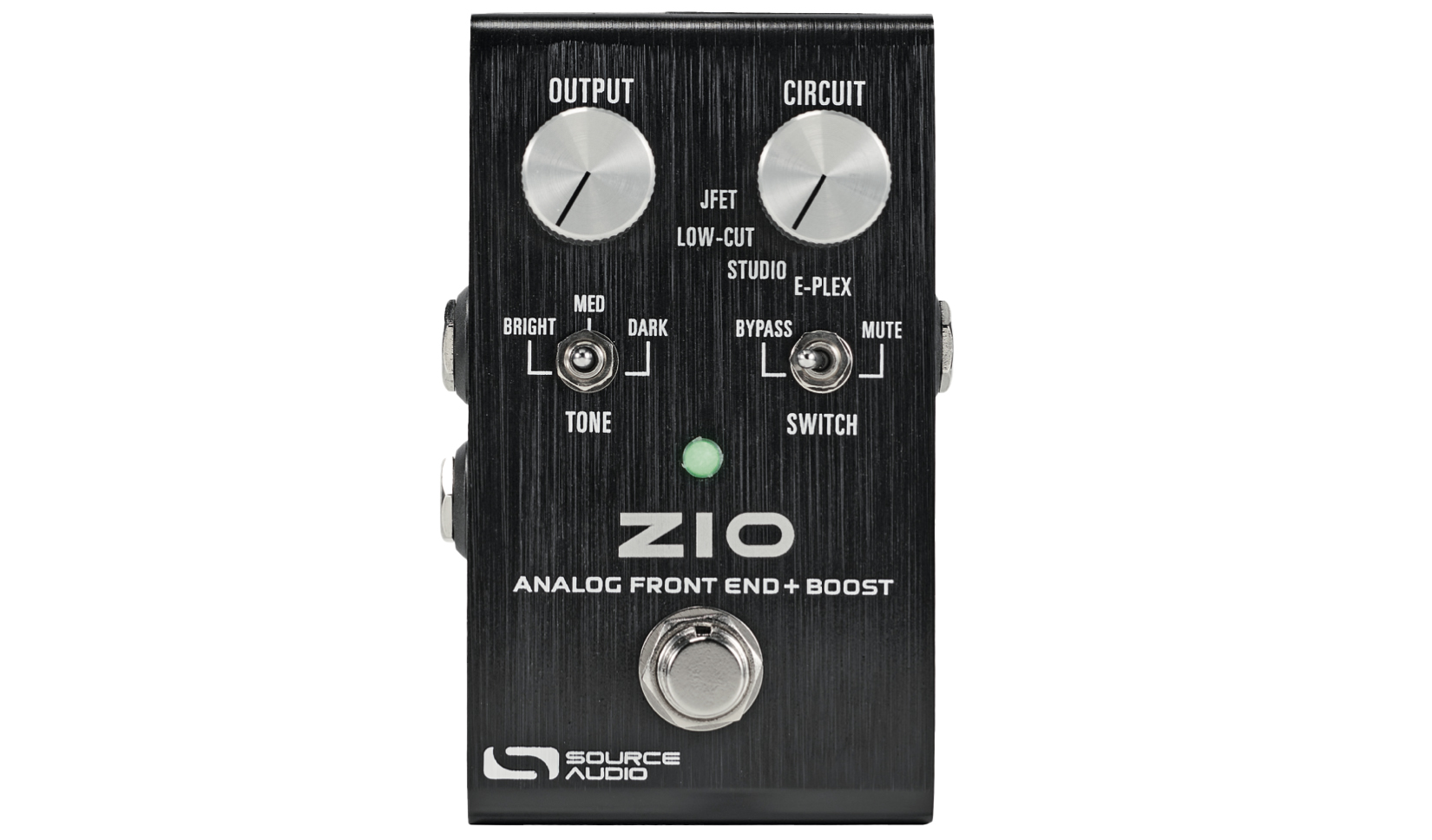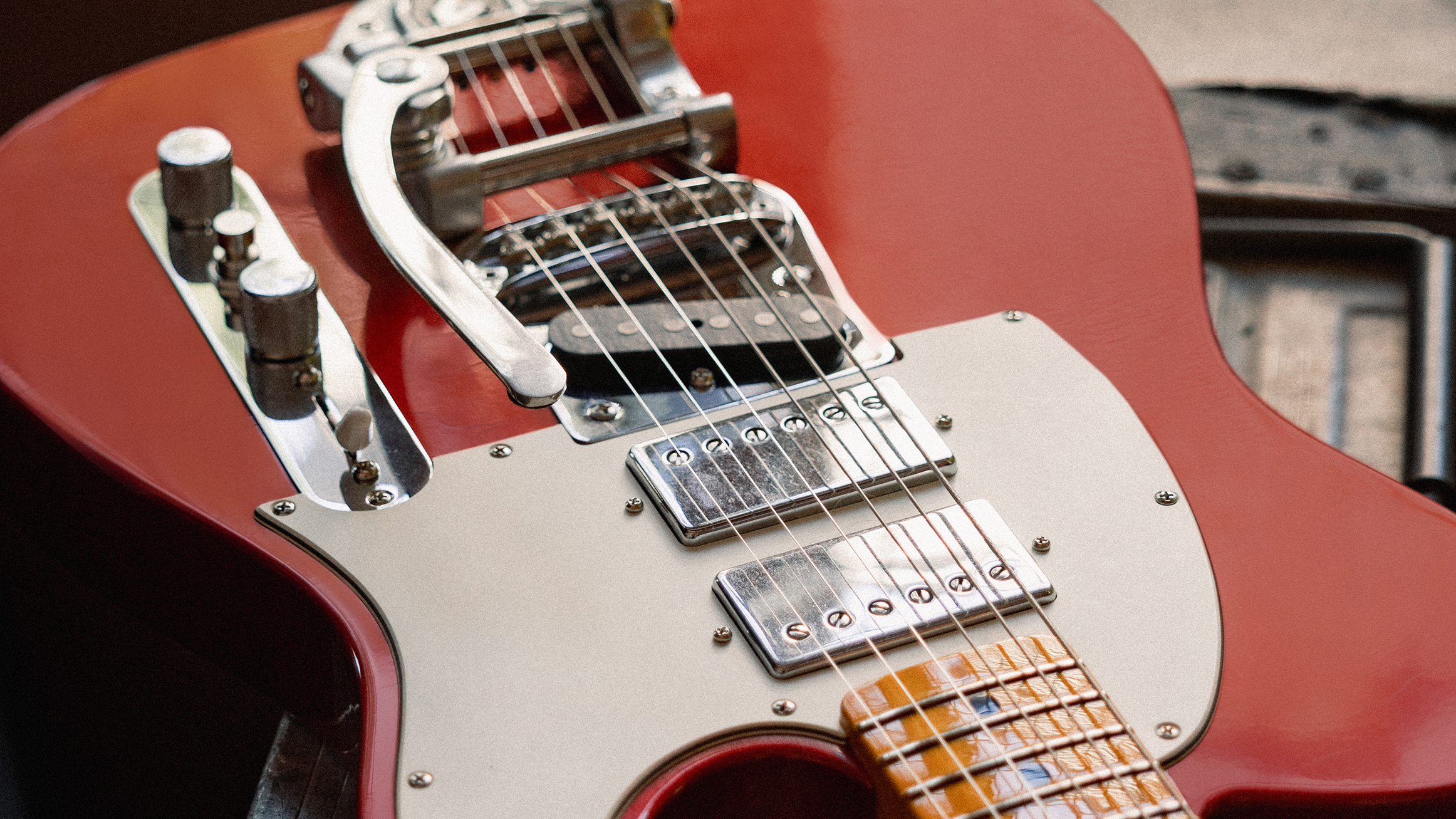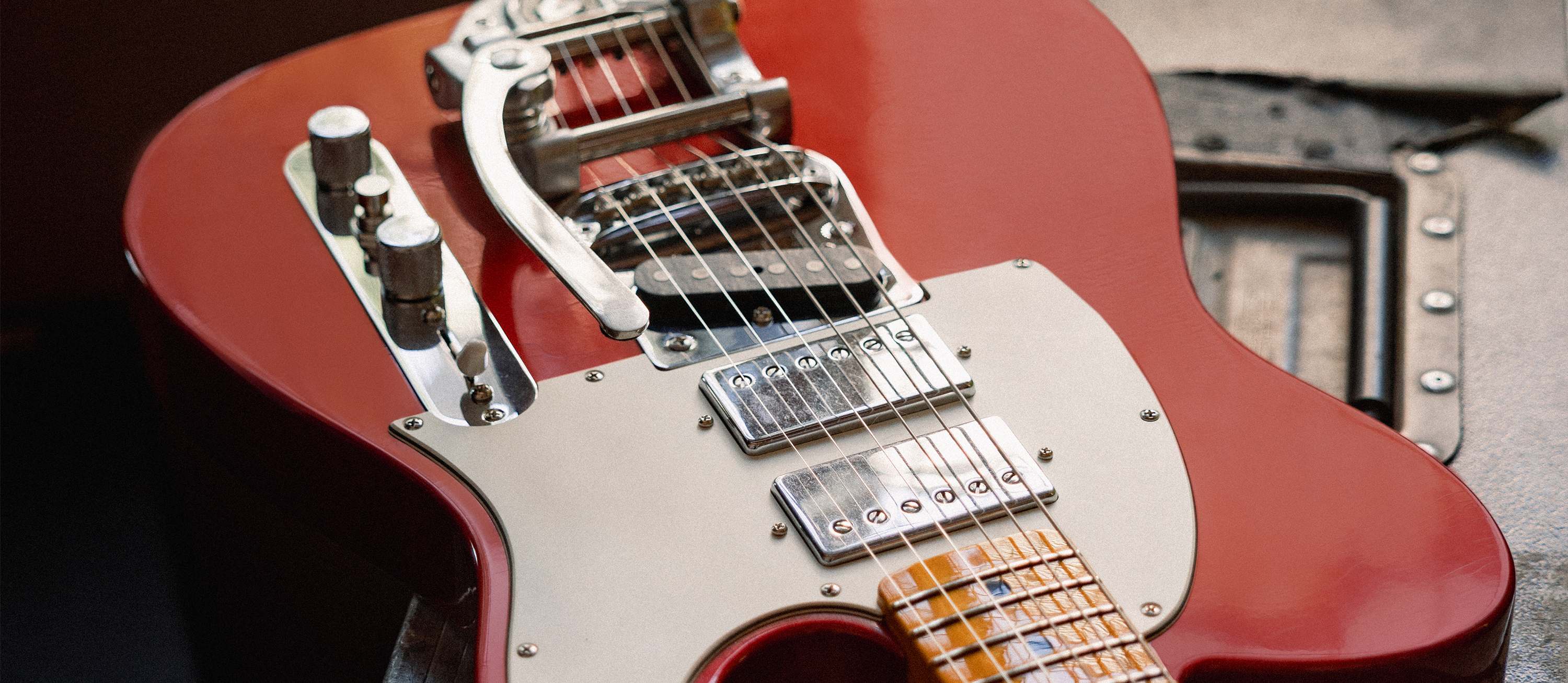GuitarPlayer Verdict
The Zio provides enough sonic variation and value to justify a slot on a pedalboard already crowded with overdrives, distortions, and fuzzes, and does so with the same technological ingenuity that Source Audio always brings to its digital products
Pros
- +
Versatile, powerful, clean boost that you can color or not, to taste
Cons
- -
None
You can trust Guitar Player.
Source Audio is best known for its forward-thinking digital effects pedals, like the C4 synthesizer and Ultrawave distortion, as well as the Nemesis delay and Ventris reverb. But a few years ago, the company began working with Christopher Venter of Shoe Pedals to combine the “under the hood” tweakability of its Neuro editing system with more traditional sounds.
The first fruit of this combined labor was the True Spring Reverb, an accurate digital representation of analog spring reverb and tremolo. More recently, digital-circuitry supply chain issues led the team to speed up the release of its first analog collaboration, the Zio booster pedal.
Zio is the first, and so far only, pedal in the line to eschew the Neuro editing system, sticking with the standard surface knobs and switches. This classic clean boost pedal adds no distortion or radical coloration, and as such its merits rely on the quality of the op-amp used to increase the output.
After bench-testing various options, Venter and Source Audio chose the Burr-Brown SoundPlus op-amp for its dynamic range, frequency response, and feel. The pedal supplies up to 20dB of boost, taking your guitar’s high-impedance signal and outputting a strong, low-impedance signal to reduce any color created by buffered pedals and cables further down the signal chain. Zio also has a toggle to restore some cable coloration, if you prefer.
Zio has four distinct preamp circuits. JFET offers a transparent signal boost; Low-Cut reduces bottom-end for a tighter sound with added headroom; Studio is inspired by the Pultec trick used in recording, which adds clarity by cutting muddy frequencies and adding upper midrange articulation; and E-Plex mimics the warm grit of vintage Echoplex tape delay preamps.
A boost can serve different purposes depending on where it appears in your signal chain. I used Zio at the beginning to restore tone lost by running through the pedals and laptop situated between my guitar and amps. That was when playing clean. With a mild overdrive switched on for crunch rhythm, engaging the booster created a beefier sound with more sustain, suitable for solos.
Toggling the tone switch to the Dark setting made the bridge pickup of my Stratocaster sing with the smooth character of a Les Paul. I gravitated toward the Low-Cut mode, which let me play through notoriously woofy, distorted Fender amps with a new clarity, even on the neck pickup, although the warm tone of the E-Plex setting came in handy when attempting to play clean traditional jazz on my Strat.

Also cool is a switching option that mutes output one while sending the signal to a tuner in output two. You could also employ Zio after drive pedals as a tone modifier and a volume boost that won’t change the amount of distortion, or you could place it at the end of the pedalboard and/or long cable run to return your sound to the pristine tone of running direct to your amplifier.
Zio provides enough sonic variation and value to justify a slot on a pedalboard already crowded with overdrives, distortions, and fuzzes. That it does so with the same technological ingenuity that Source Audio has always brought to its digital products makes it a worthy Editors’ Pick recipient.
Specs
CONTROLS: Output, circuit selector knob, Medium, Bright, and Dark tone selector toggle for adding cable coloration. Mute/true- bypass toggle switch for silent tuning
EXTRAS: Foot switch can be set to bypass or mute for tuning
SIZE: 4.1 x 2.36 x 2.22 inches
BUILT: China
PRICE: $199
CONTACT: sourceaudio.net
"The only thing missing is the noise from the tape loop." We review the Strymon EC-1 Single Head dTape Echo, a convincing take on a very special vintage tube Echoplex
"BigSky MX will be replacing the BigSky as my go-to reverb pedal. I’ve heard nothing that covers all the bases with such pristine and detailed audio quality." We crowned the Strymon BigSky MX the champ of multi-reverb pedals











